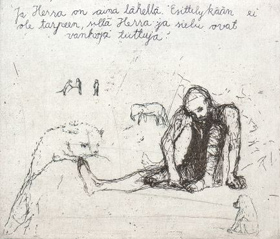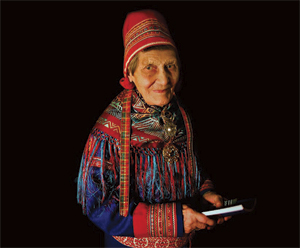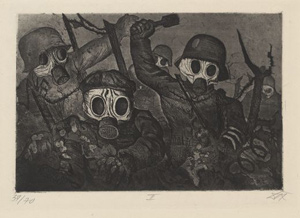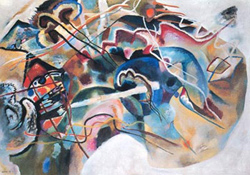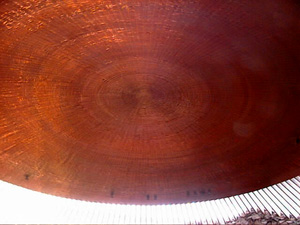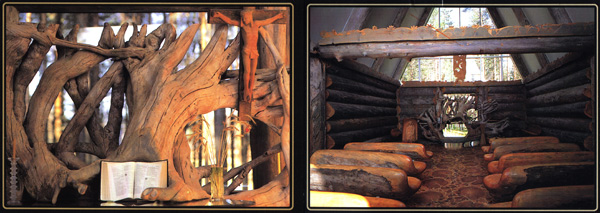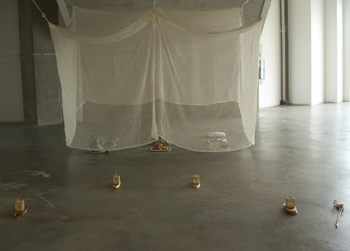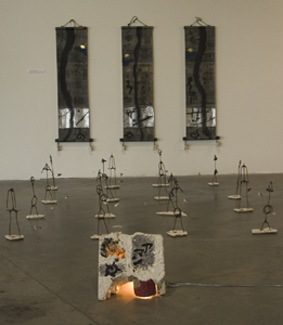A.R. Menne’s art
VVOI at New Art introduces new-to-me artist A.R. Menne**. I was immediately struck by the compelling images that are beautifully drawn, sometimes etched, sometimes with watercolour and the compelling writing, with some excellent quotes by others.
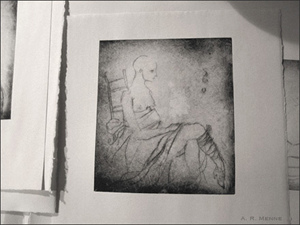
From entry 03-27**: (From journals:) Last night was my first of a series of etching classes, and at one point, while she, slender as bones from a lifetime of filing and polishing and rubbing and blotting and pulling, demonstrated the proper way to scrape the edge of a copper plate (at 45 degree angles) with a metal file, she admonished us against turning our heads and averting our eyes from the burring copper: and she unveiled for us three aquamarine green dents in the square knuckle of her thumb, three marks side by side, copper filaments embedded in the flesh and oxidized the color of cheese mold, like a faded tattoo….
And you must read Entry 04-03**, about extracts from the 1999 diary of Czech film-maker Jan Svankmajer. I love the quote selected here.
But who is this artist – the site has no personal information? Googling revealed this item in April/May 2004 issue of Plum Ruby Review:
Menne is a 24 year-old artist living in Seattle “with a wee circus of rodents and a musician.” Her graphite drawings seem to echo this description; they are whimsical, disturbing and yet they have a sweet lyrical quality to them. Each drawing seems to manifest a bit of that same, nearly disturbing, fantastical quality–H.R. Giger meets Cirque du Soleil. Her characters are beautiful, even when terrible, even when empty-eyed, missing-limbed or creature-entwined.”
** links removed as they have been taken over by a commercial site.
